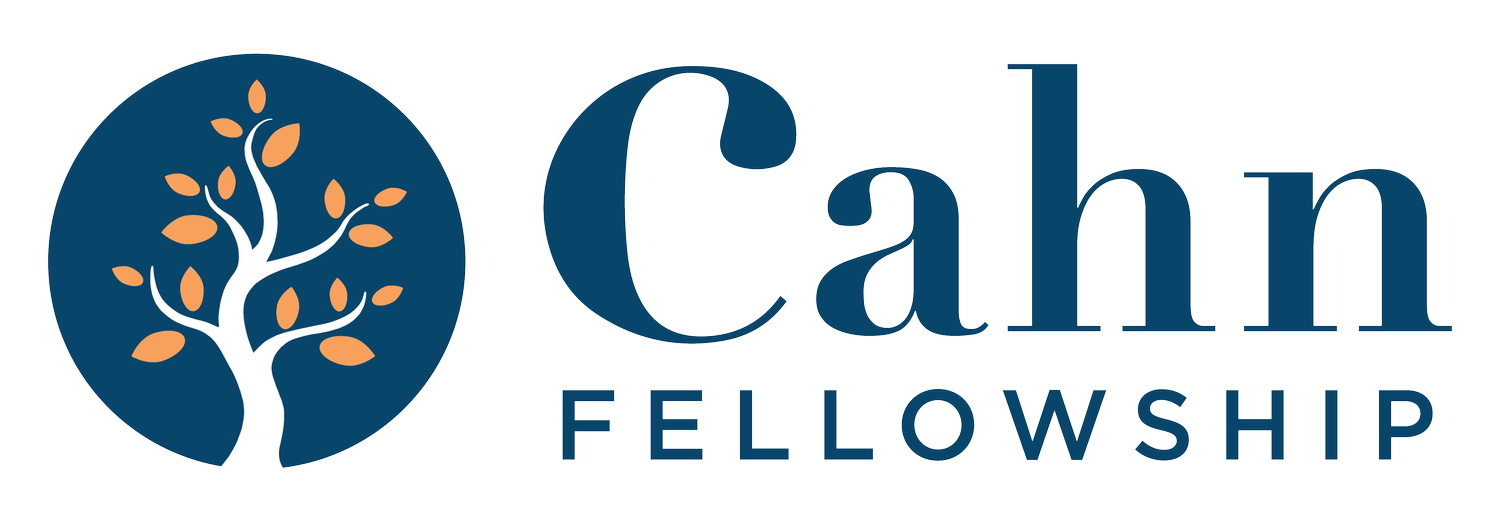“¡Ganas! after the pandemic.”
Andres Favela • Cahn Fellow 2021
The unprecedented school years that were a result of the pandemic disrupted academic learning and affected the mental health of our marginalized students. The Garfield High School community was widely affected, as many students contracted the corona virus or had family members fall ill or pass away. Garfield, once a safe haven and escape for our students, was taken away in an instant. Students were no longer able to fist bump their friends in hallways, no longer able to socialize during breaks, no longer able to cheer their friends at football games or pep rallies, and no longer able to stay until sunset as they participated in extracurriculars such as theater, cheer or track. To say that life became different, was an understatement. Any sense of community and belonging completely dissipated.
As students returned to campus, the existing inequities in our school community grew exponentially. It soon became clear that the devastating impact on learning was only one of many obstacles. Chronic absenteeism, anxiety, depression and other mental health illnesses flourished as our resources were narrowed and overwhelmed. How could our school community optimize school resources and engage our students to improve attendance, overcome mental health barriers, create a sense of belonging and therefore succeed academically?

